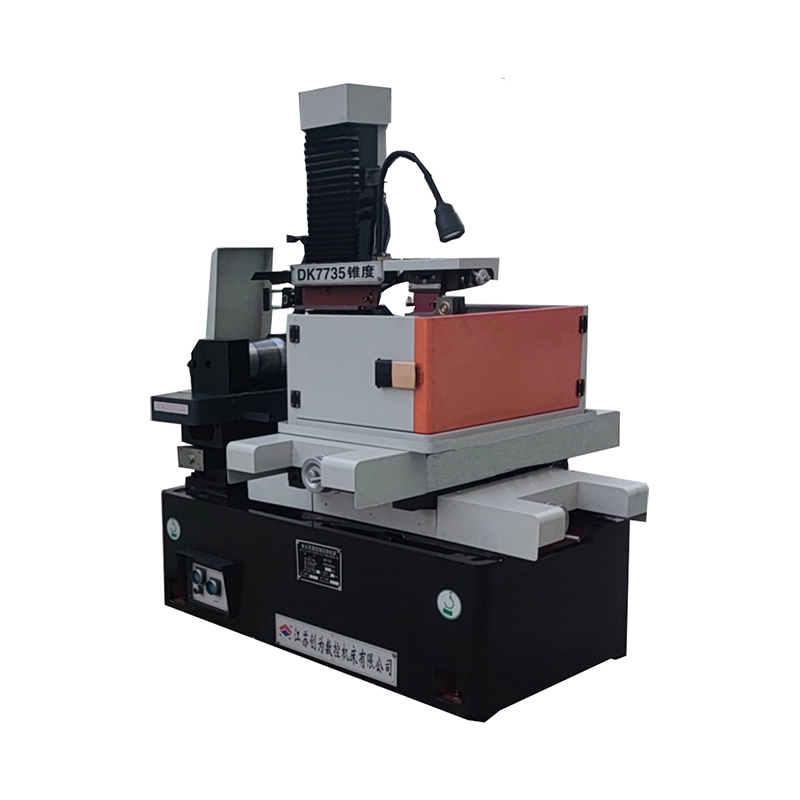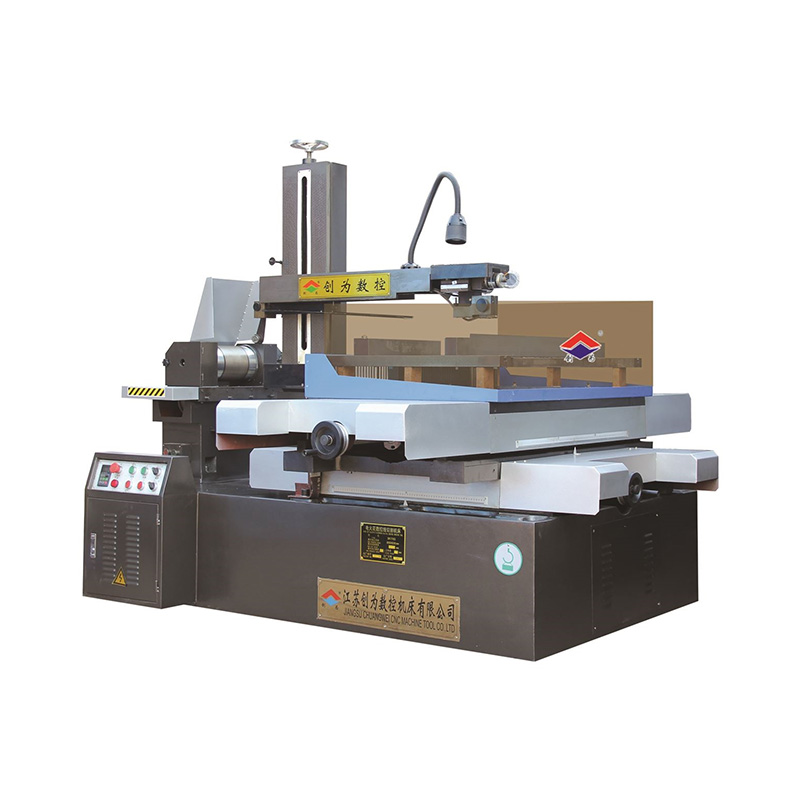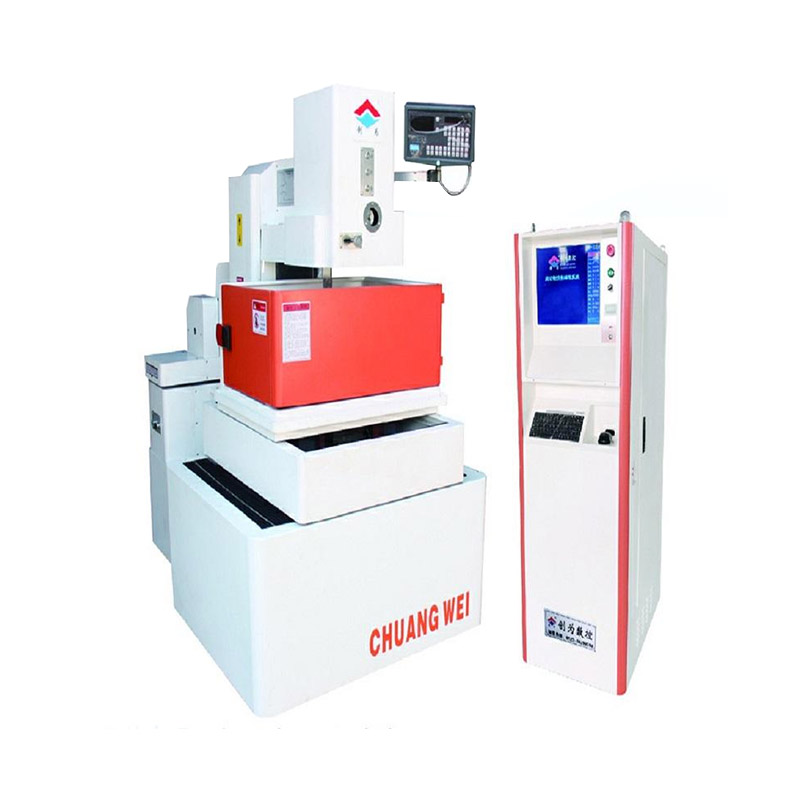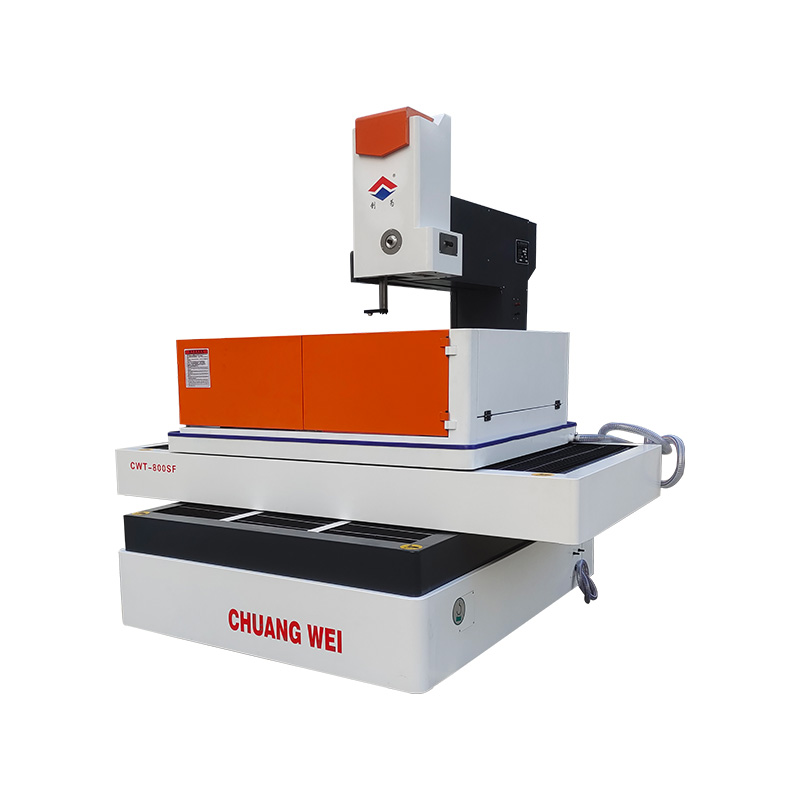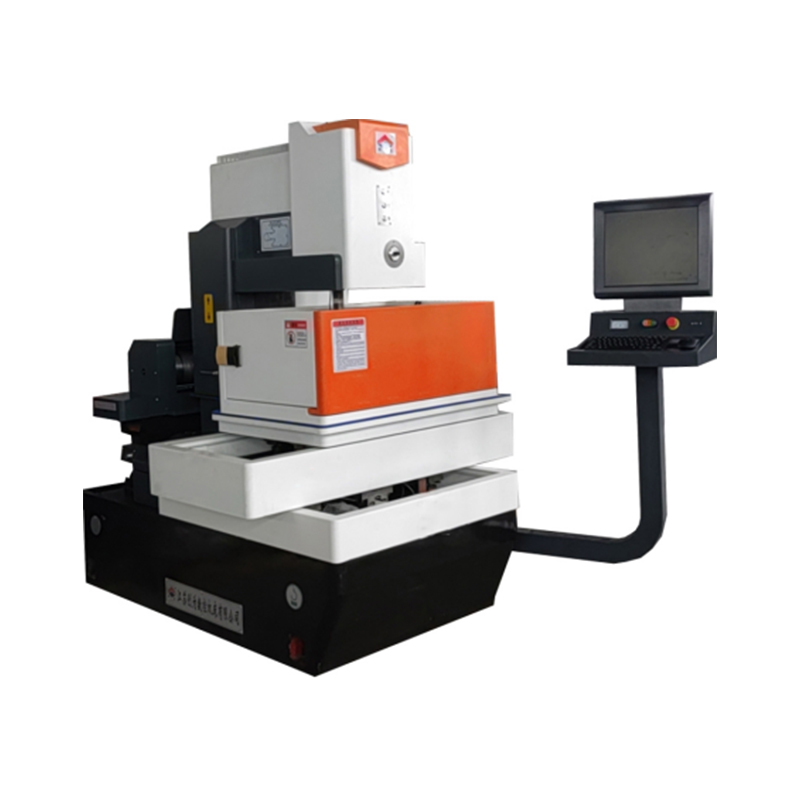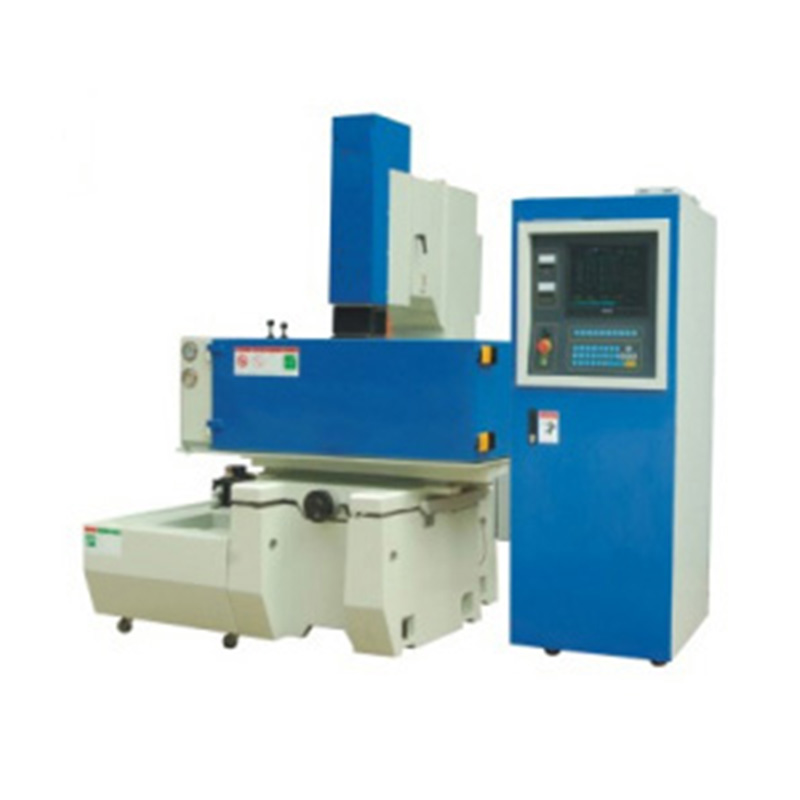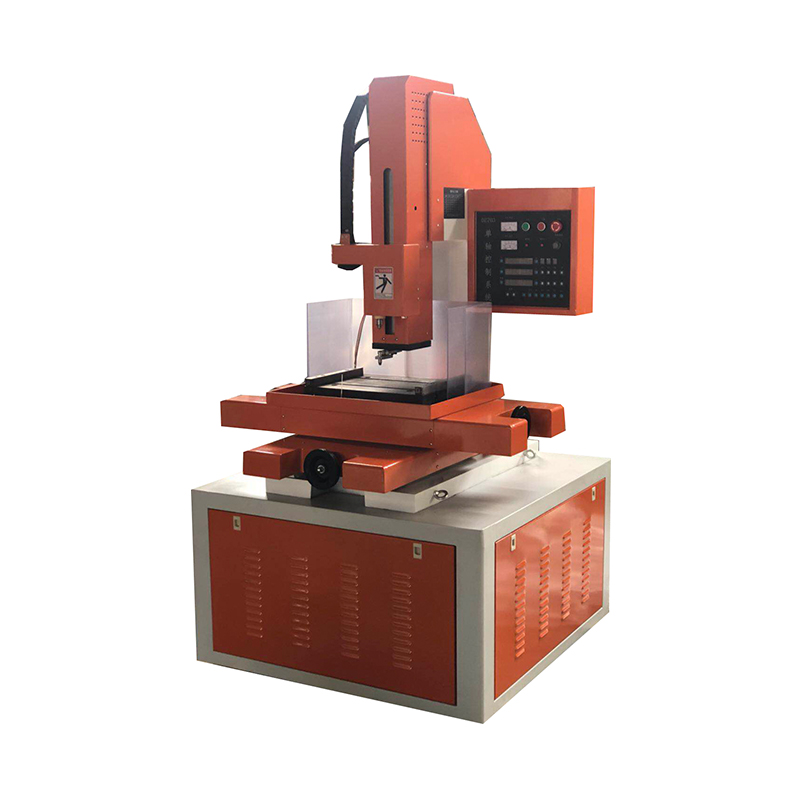What Are the Advantages of Medium Speed EDM Wire Cutting Over Slow Speed?
 2025.07.03
2025.07.03
 Industry news
Industry news
Electrical Discharge Machining (EDM) has long been a go-to solution for precision cutting of hard or complex materials. Within this category, medium speed EDM wire cutting machines have emerged as a cost-effective, efficient alternative to the more traditional slow speed wire EDM machines. While both have their merits, medium speed models offer a unique balance of performance, precision, and operating cost—making them increasingly popular in tool-making, mold manufacturing, and parts processing industries.
1. Lower Operating Costs
One of the biggest advantages of medium speed EDM wire cutting is its significantly lower wire consumption cost. Unlike slow speed EDM, which uses single-use molybdenum or brass wire, medium speed EDM typically uses reusable molybdenum wire, reducing material costs over time. Some systems can reuse the same wire dozens or even hundreds of times depending on the cutting parameters.
Additionally, medium speed machines generally consume less power and dielectric fluid, contributing to reduced operating expenses and more economical long-term use.
2. Faster Cutting Speeds
As the name suggests, medium speed EDM machines strike a balance between slow and fast speed cutting. They are capable of achieving higher cutting speeds than traditional slow speed EDM, without compromising significantly on accuracy. This makes them ideal for general-purpose parts where ultra-high precision is not mandatory.
In practical terms, this means shorter processing times and higher production efficiency, especially beneficial in small to medium-batch production runs.
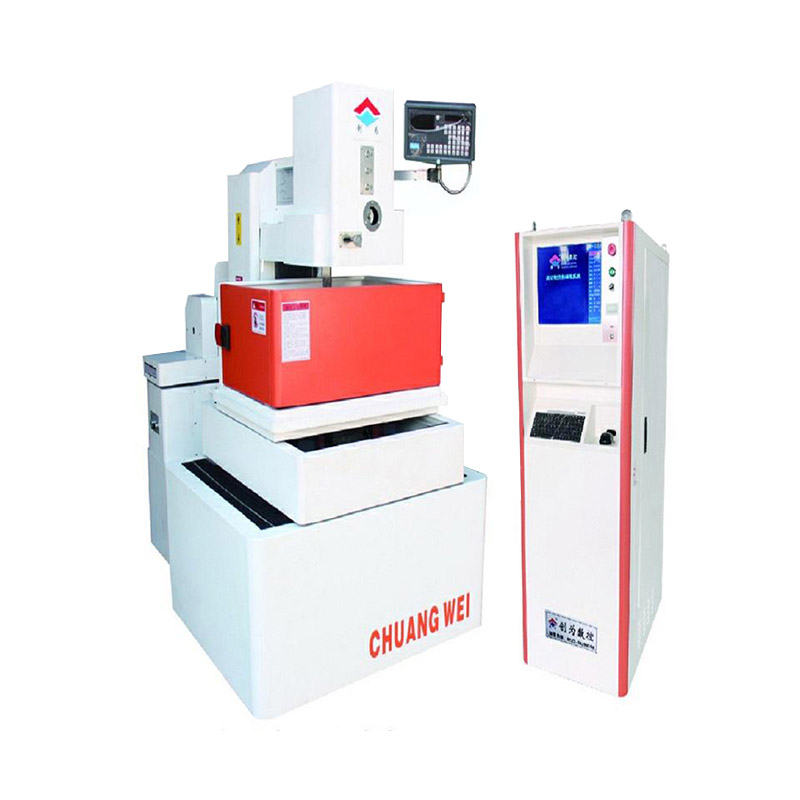
3. Competitive Accuracy for Most Applications
While slow speed EDM is known for its ultra-precision (up to ±1 μm), medium speed EDM machines can still achieve accuracies within ±3 to ±5 μm, which is more than sufficient for 80–90% of industrial applications. For tooling, mold bases, automotive components, and even aerospace parts, this level of precision is often ideal.
In many use cases, the minor sacrifice in precision is outweighed by the cost and time savings.
4. Reduced Maintenance Requirements
Medium speed wire EDM machines generally feature simpler wire feeding and reeling mechanisms, resulting in less wear and fewer consumable parts compared to their slow speed counterparts. This translates into lower maintenance frequency, shorter downtime, and reduced technician intervention.
Furthermore, many newer medium speed models come equipped with automatic wire threading and break-point recovery, improving workflow automation and reducing operator fatigue.
5. More Accessible for SMEs and Entry-Level Users
Medium speed EDM wire cutting machines are often less expensive upfront, making them an attractive option for small and medium-sized enterprises (SMEs) or job shops with limited capital investment. They also require less specialized operator training, which reduces the onboarding time for new users.
Their user-friendly interfaces and simplified control systems make them a practical choice for companies new to EDM machining.
6. Flexible Application Scenarios
Medium speed machines are versatile, capable of cutting a wide range of materials including:
Tool steel
Tungsten carbide
Titanium
Inconel
Stainless steel
Aluminum alloys
This flexibility allows workshops to handle diverse customer requirements without needing multiple machines or excessive tooling changeovers.
While slow speed EDM wire cutting machines still reign supreme in ultra-precision applications like semiconductor molds or high-end aerospace parts, medium speed EDM machines have carved out a dominant position in the broader industrial market. Their cost efficiency, adequate precision, faster throughput, and lower maintenance make them a smart choice for businesses looking to optimize production without sacrificing quality.


 English
English Español
Español
